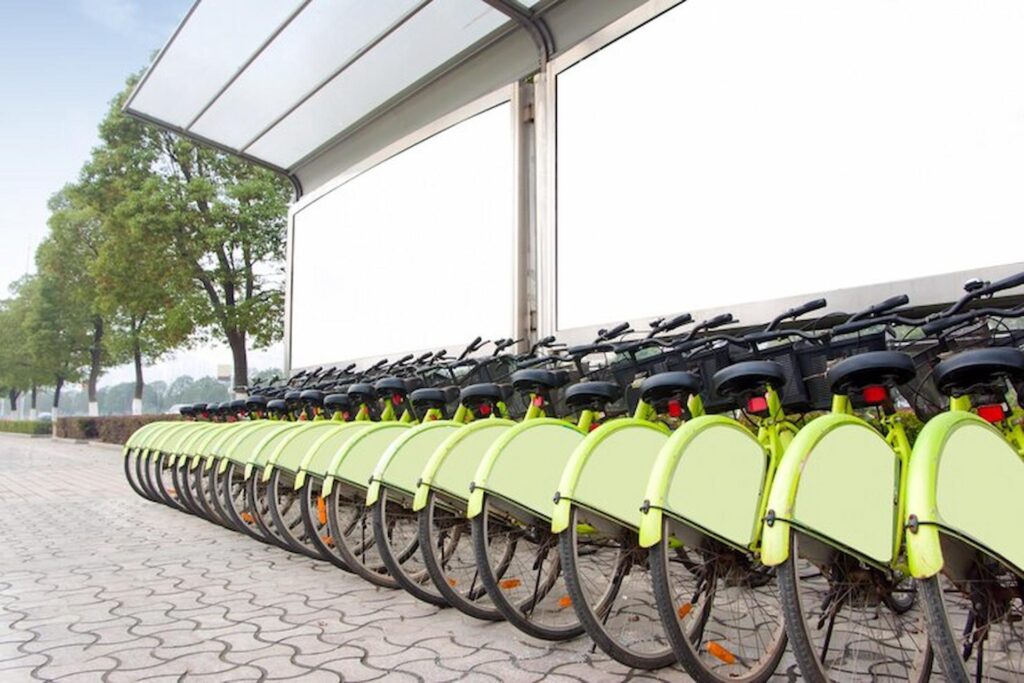Urban areas worldwide are facing a common challenge—how to manage the ever-increasing demand for transportation in a way that is both sustainable and efficient. As cities strive to reduce their carbon footprints and promote healthier lifestyles, the need for bike-friendly infrastructure has become increasingly apparent. One of the most influential and often overlooked solutions is the installation of bike shelters. These structures, while simple, offer a wide range of benefits that can significantly improve urban life. These shelters are essential to modern city planning, from encouraging more people to cycle to providing secure storage. In this article, we will explore the multifaceted benefits of bike shelters in urban areas and why they are crucial for the future of sustainable city living.
Promoting Sustainable Transportation
Incorporating bike shelters into urban landscapes encourages a shift towards more sustainable modes of transportation. Biking produces zero emissions, making it a vital tool in the fight against climate change. By installing these shelters, cities can support this eco-friendly mode of transportation, making it more accessible and appealing to residents.
Bike shelters provide a safe, convenient place to store bicycles, reducing the cycling barriers. When people know that their bikes are protected from theft and the elements, they are more likely to choose cycling over driving. It reduces traffic congestion and decreases air pollution and greenhouse gas emissions. As more people adopt cycling, the demand for car usage declines, leading to less reliance on fossil fuels and a decrease in the city’s overall carbon footprint.
Moreover, the presence of these shelters sends a clear message that a city is committed to supporting sustainable transportation. It can encourage more residents to consider biking a viable option for their daily commute, further promoting a culture of sustainability within the community.
Enhancing Urban Safety and Security
Safety is a significant concern for urban cyclists, and the availability of secure shelters can significantly alleviate this issue. In many cities, bike theft is a common problem that deters people from using bicycles as their primary mode of transportation. These shelters, particularly those equipped with locking mechanisms and surveillance systems, provide a secure environment where cyclists can leave their bikes without fear of theft or vandalism.
These shelters protect bikes from theft and weather-related damage. Exposure to rain, snow, and harsh sunlight can significantly reduce a bicycle’s lifespan. A covered, secure bike shelter protects bicycles from the elements, preserving their condition and functionality over time.
Bike shelters make cycling more attractive for urban residents by reducing the risk of theft and damage. This increase in cycling can decrease car usage, reduce traffic accidents, and enhance overall urban safety.
Supporting Public Health and Wellness
Installing bike shelters in urban areas directly contributes to public health by encouraging more people to cycle. Regular cycling has numerous health benefits, including improved cardiovascular fitness, stronger muscles, and better mental health. By making it easier and more convenient for people to cycle, these shelters play a crucial role in promoting these health benefits.
In cities with readily available shelters, residents are more likely to incorporate cycling into their daily routines. It can lead to a more active population, essential for combating sedentary lifestyles and the associated health risks, such as obesity, heart disease, and diabetes.
Moreover, cycling as a form of exercise can positively impact mental health. Cycling engages in physical activity that stimulates the release of endorphins, thereby alleviating stress and enhancing mood. By facilitating more cycling, these shelters contribute to the overall well-being of urban populations.
Encouraging Economic Growth and Development
Bike shelters can also positively impact the local economy. Promoting cycling helps reduce the need for extensive road maintenance and parking infrastructure, which can be costly for cities. Additionally, bike-friendly towns are often more attractive to tourists and new residents, which can lead to increased spending on local businesses.
Furthermore, the construction and maintenance of these shelters can create jobs, providing economic benefits to the community. The increased demand for cycling-related goods and services, such as bike sales, repairs, and accessories, can also boost the local economy.
In the long term, cities that invest in these shelters and other cycling infrastructure may see higher property values, as these amenities make neighbourhoods more desirable. It can lead to a more vibrant, economically stable urban environment.
Reducing Traffic Congestion and Parking Issues
One of the most pressing issues confronting urban areas is traffic congestion. As more people move to cities, cars on the road increase, leading to gridlock and longer commute times. Bike shelters offer a solution to this problem by encouraging more people to cycle instead of driving.
When more people choose to bike, the number of cars on the road decreases, leading to less traffic congestion. This improves commute times and reduces the stress of driving in heavy traffic. Additionally, these shelters help alleviate parking issues, as bikes take up significantly less space than cars.
In many cities, finding a parking spot can take time and effort. By providing secure and convenient shelters, cities can reduce the demand for car parking spaces, freeing up valuable urban real estate for other uses. It can lead to more efficient use of space in densely populated areas, making cities more livable and accessible.
Conclusion
Installing bike shelters in urban areas offers numerous benefits beyond simply providing a place to park bicycles. From promoting sustainable transportation to enhancing safety, supporting public health, and fostering economic growth, these shelters are vital to modern urban infrastructure. By investing in these structures, cities can create more livable, sustainable, and connected communities. As metropolitan areas continue to grow, the importance of these shelters will only increase, making them an essential part of the solution to the challenges of urbanisation.

